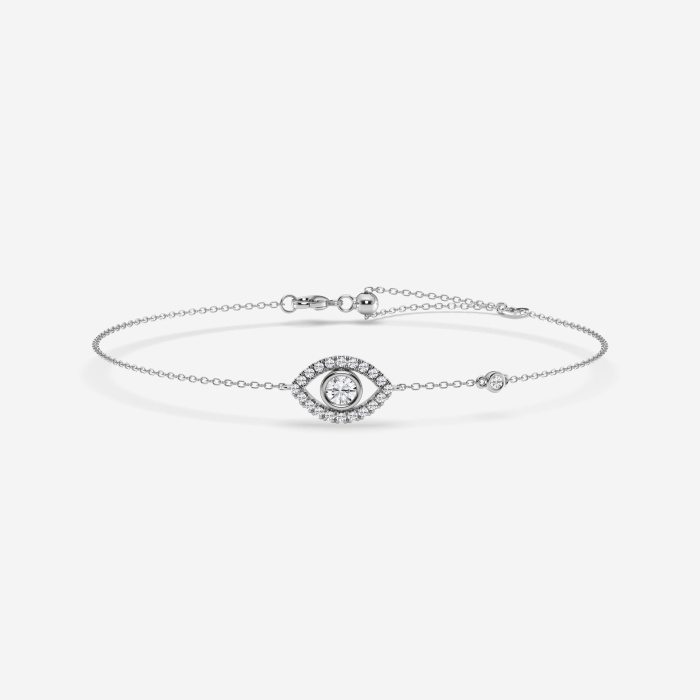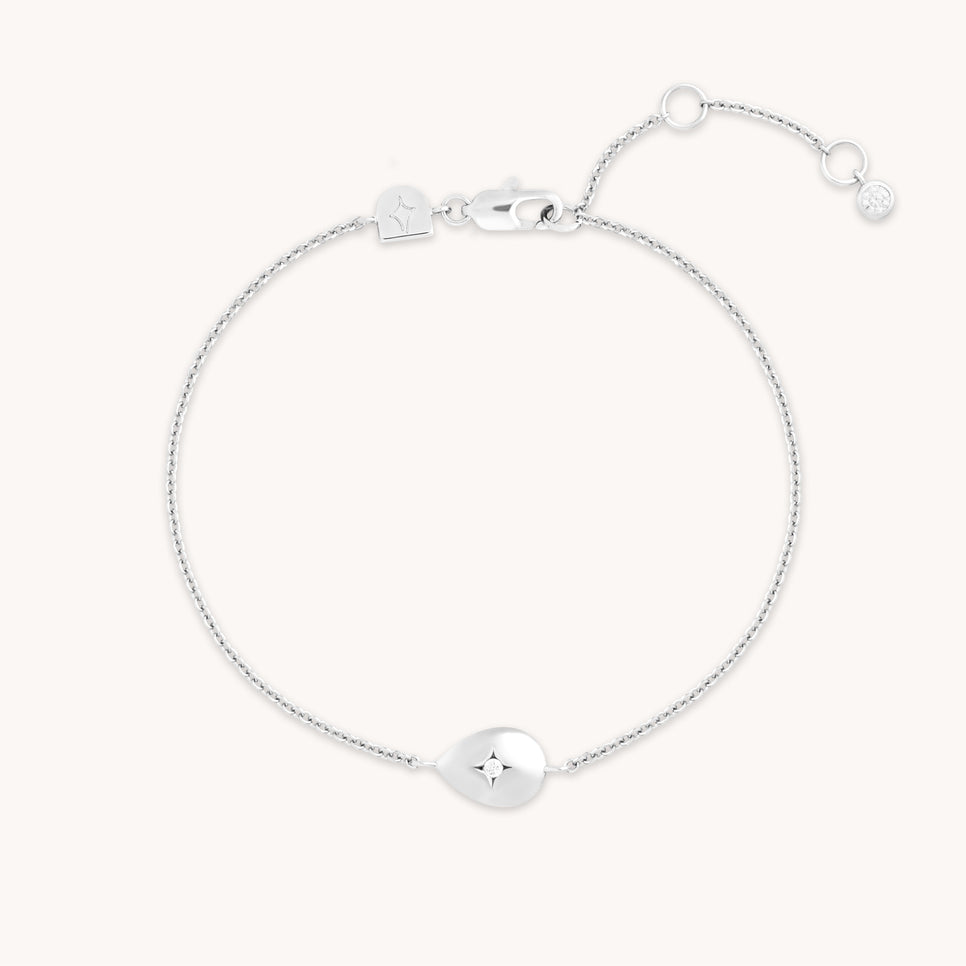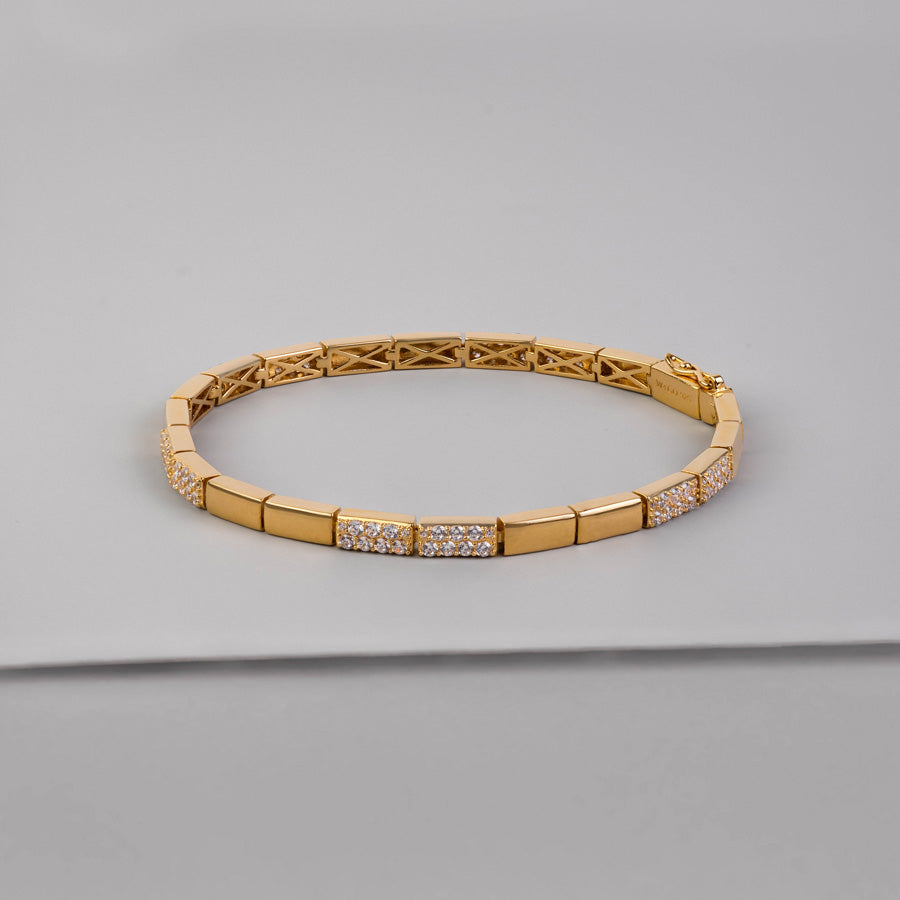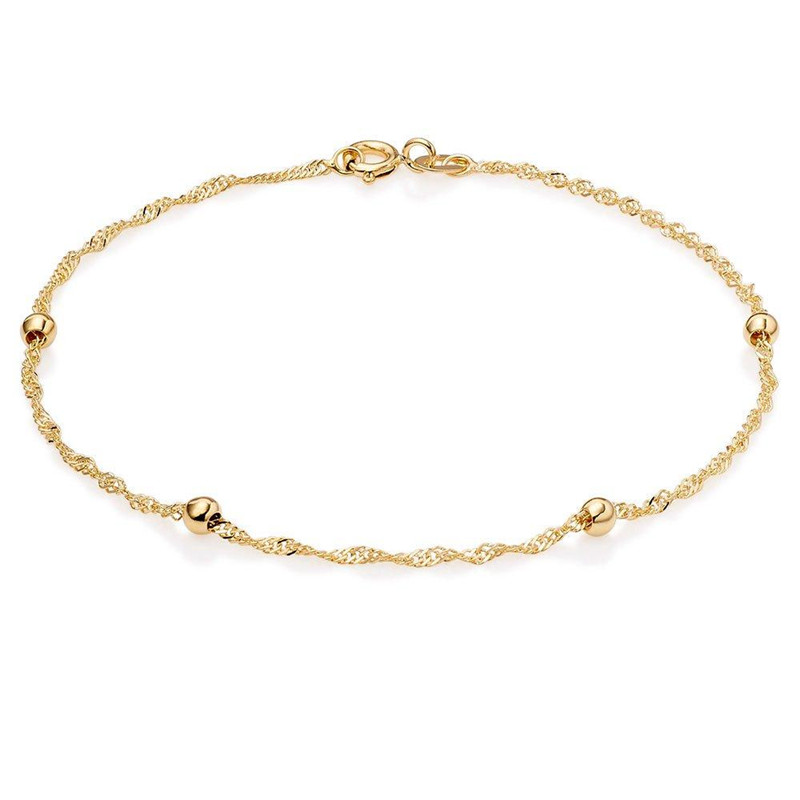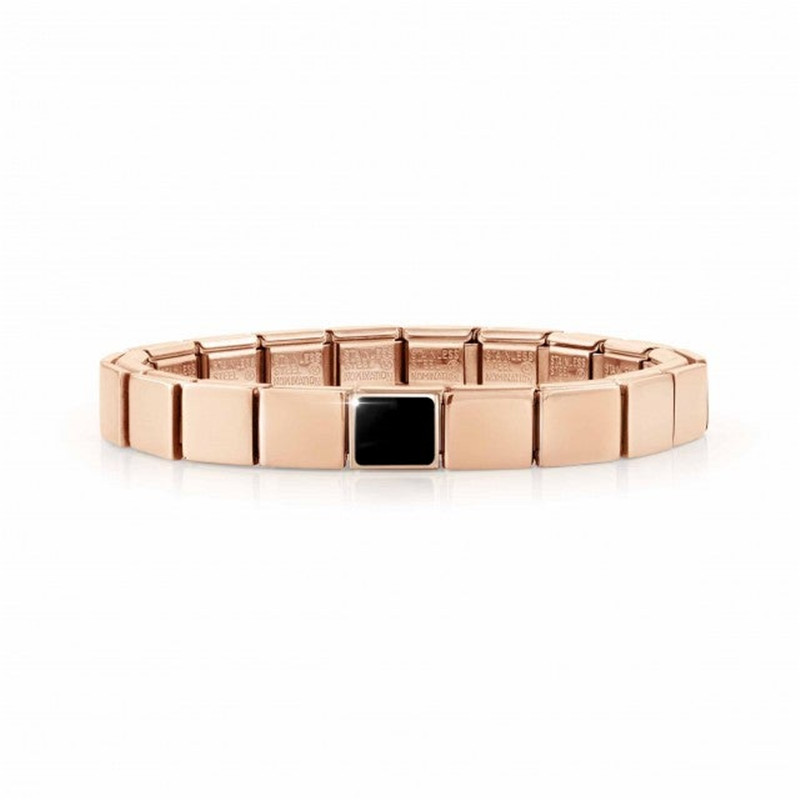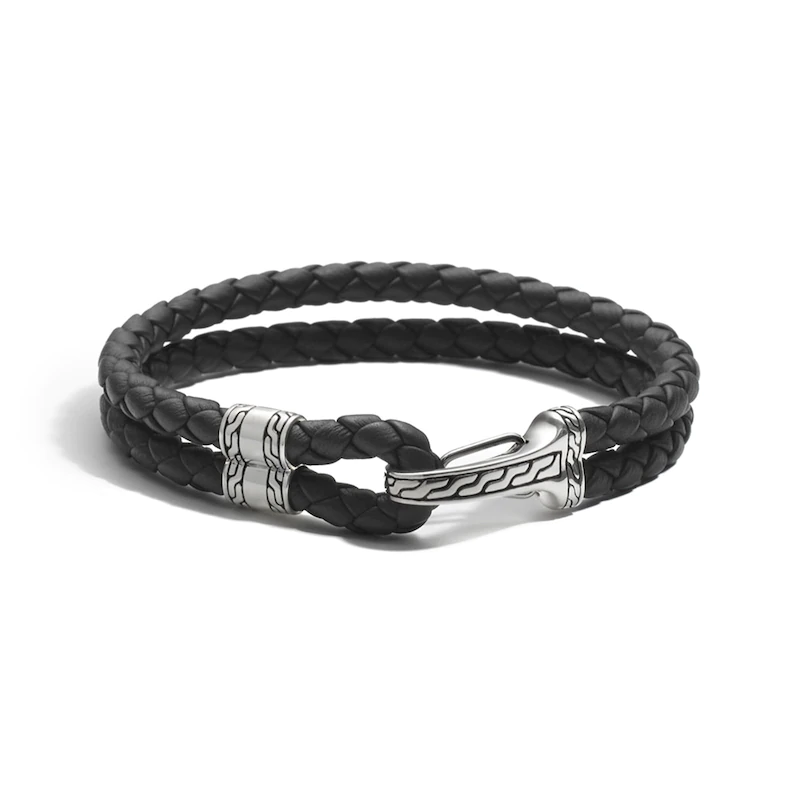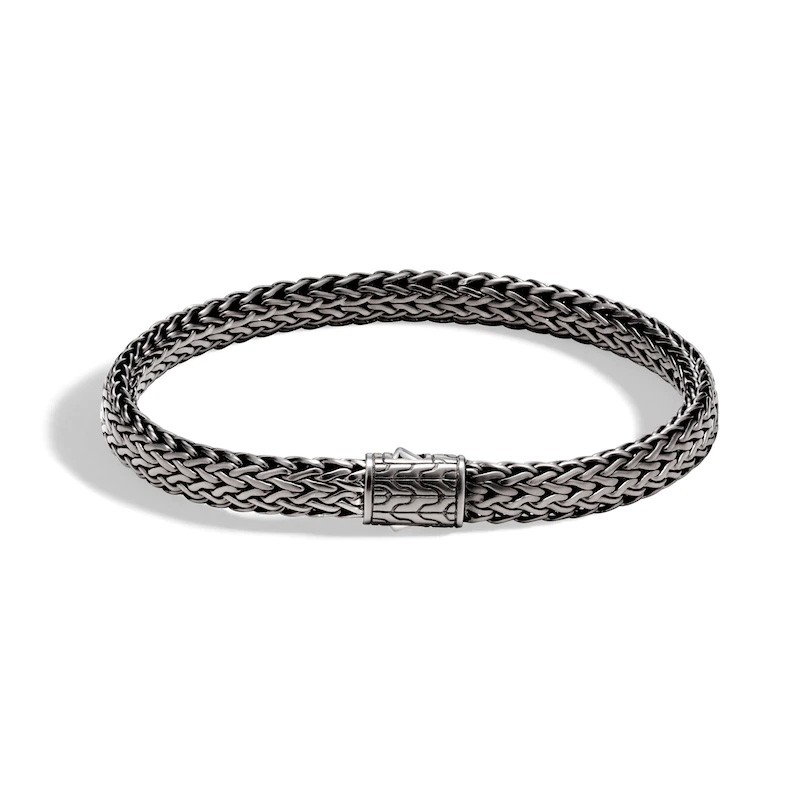Fulfilling a Japanese Client’s Order for 35,000 Custom Evil Eye Silver Bracelets at JINGYING Factory
Fulfilling a Japanese Client’s Order for 35,000 Custom Evil Eye Silver Bracelets at JINGYING Factory
LET’S GET STARTED : mo@kingjy.com
Precision and Belief: Fulfilling a Japanese Client’s Order for 35,000 Custom Evil Eye Silver Bracelets at JINGYING Factory
The global jewelry market is a complex tapestry of shifting trends, cultural nuances, and exacting consumer demands. For a manufacturing powerhouse like JINGYING, the true test of its capabilities lies not merely in volume production, but in its ability to navigate the intricate intersection of cultural symbolism, meticulous quality standards, and large-scale operational execution. A quintessential example of this expertise is the successful fulfillment of a substantial order from a discerning Japanese client: the custom design and manufacture of 35,000 “Evil Eye” silver bracelets.
This project was far more than a simple transaction; it was a deep dive into the specifics of Japanese aesthetics, quality expectations, and market dynamics. This article provides a comprehensive, behind-the-scenes exploration of this entire process, from the initial conceptualization to the final shipment, detailing how JINGYING leveraged its expertise in OEM (Original Equipment Manufacturer) and ODM (Original Design Manufacturer) services to meet and exceed the client’s expectations.
I. The Cultural and Market Context: Understanding the “Evil Eye” in Japan
Before a single sketch was drawn or a metal sample cast, it was imperative for the JINGYING team to fully grasp the cultural product they were being tasked to create. The “Evil Eye” symbol, known as “Nazar” in Turkey and the Mediterranean, has transcended its geographical origins to become a global icon of protection. However, its interpretation and integration into fashion can vary significantly from culture to culture.
1. The Japanese Interpretation: “Matataki” (瞬き) – The Blinking Eye
In Japan, the concept of the Evil Eye is not as deeply rooted in folk tradition as it is in the Middle East. Instead, it has been adopted primarily as a fashionable and spiritual-luck charm, often grouped with other “power” items like crystals and omamori (protection amulets). The Japanese market appreciates the symbol for its aesthetic appeal—a striking, eye-catching design—coupled with its universally understood promise of warding off negative energy and jealousy, known as “akui” (悪意). For the Japanese client, this order was aimed at consumers who value both style and a touch of spiritual reassurance, a demographic that spans from fashion-forward teenagers to adults seeking meaningful accessories.
2. The Demand for Sterling Silver: Purity, Hypoallergenic Properties, and Value
The client’s specific request for sterling silver (.925) was a strategic choice rooted in Japanese consumer preferences:
- Purity and Authenticity: Japanese consumers are highly educated about materials. The .925 hallmark is a non-negotiable mark of quality and authenticity, assuring the buyer they are purchasing a genuine, valuable item, not a base metal imitation.
- Hypoallergenic Nature: Sensitivity to nickel and other alloys is a common concern. Sterling silver, being hypoallergenic, is ideal for everyday wear, especially for a bracelet that sits against the skin.
- Aesthetic Versatility: Silver’s cool, bright luster provides a perfect canvas that makes the colors of the Evil Eye symbol pop. It complements every skin tone and can be easily layered with other bracelets, a popular styling trend.
Understanding these cultural and market drivers was the first and most critical step for JINGYING. It informed every subsequent decision in the design, manufacturing, and quality assurance processes.
II. Phase 1: The Collaborative Design and Prototyping Process
The initial meetings between the Japanese client and JINGYING’s design and account management team were characterized by a deep exchange of ideas and a clear definition of requirements.
A. The Client’s Brief:
The client presented a detailed brief that outlined their vision:
- Core Concept: A delicate, wearable, and elegant sterling silver bracelet featuring the Evil Eye motif.
- Target Audience: Primarily women aged 20-45, with a focus on everyday luxury.
- Key Requirements: The design had to be lightweight yet durable, with a secure clasp mechanism. The Evil Eye element needed to be the clear focal point, incorporating the traditional blue and white color scheme but with a modern, refined execution.
- Brand Alignment: The bracelet was to be part of a larger collection promoting “positive energy and protection,” and the packaging needed to reflect this ethos.
B. JINGYING’s Design Response and Material Proposal:
Leveraging their ODM capabilities, JINGYING’s design team got to work, proposing several concepts:
- The Charm Bracelet: A simple, lightweight chain with a small, intricately detailed Evil Eye charm.
- The Bangle Integrated Design: A solid or hollow silver bangle with the Evil Eye symbol carved or applied as a central motif.
- The Slide-Thread Bracelet: A minimalist style where the Evil Eye charm is threaded onto a sleek, continuous silver chain without a traditional clasp.
After collaborative review, the “Charm Bracelet” design was selected for its versatility, comfort, and strong market appeal. The specific design developments included:
- Evil Eye Charm Detailing: Instead of a simple printed eye, JINGYING proposed a multi-part construction. The “eye” would be created using a technique involving:
- A Sterling Silver Base: The charm’s structure.
- Enamel Inlay: The iconic blue “iris” would be made of high-quality, lead-free enamel, fired to a smooth, glossy finish. The white and darker blue concentric circles would be precisely defined within the enamel work.
- A “Pupil”: A small, polished sterling silver ball or dome would be set in the very center of the blue enamel, creating a three-dimensional, lifelike effect that catches the light.
- Chain Selection: A delicate, yet strong, Singapore or Byzantine chain was proposed for its texture and ability to resist tangling.
- Clasp Mechanism: A robust, yet discreet, lobster clasp with a safety chain was designed. The safety chain is a crucial feature for a valuable bracelet, providing redundancy if the main clasp fails.
C. Technical Design and Prototyping:
- CAD (Computer-Aided Design): The approved sketch was translated into a precise 3D model. This allowed the client and JINGYING engineers to scrutinize the design from all angles, ensuring the proportions of the charm, the links of the chain, and the mechanics of the clasp were perfect.
- 3D Printing and Prototyping: A physical prototype was created using high-resolution 3D printing. This was a pivotal moment. The client could feel the weight, test the clasp, and see the scale of the bracelet on a wrist. Feedback was incorporated, leading to minor adjustments in the chain link size and the thickness of the charm.
III. Phase 2: Scaling Up – The Manufacturing Challenge of 35,000 Units
With the final prototype approved, the project moved into the large-scale manufacturing phase. Producing 35,000 identical units of a detailed piece of jewelry requires military-grade precision, organization, and quality control.
A. Pre-Production Preparation:
- Master Model and Mold Making: A master model of the bracelet and charm was crafted with extreme precision. From this master, durable steel molds were created for the wax injection process used in casting.
- Material Sourcing and Certification: JINGYING’s procurement team sourced large quantities of certified .925 sterling silver grain. Crucially, they also secured the specific, certified lead-free blue enamel pigment, ensuring color consistency across the entire production run.
- Production Line Setup: A dedicated assembly line was configured in the factory. This line was broken down into stages: casting, de-spruing, tumbling, pre-polishing, enamel application and firing, stone setting (for the silver pupil), final assembly, polishing, and quality control.
B. The Multi-Stage Production Process:
- Casting: The sterling silver was melted and injected into the wax tree molds using vacuum casting machines. This created the raw components: thousands of charms and chain links.
- De-spruing and Tumbling: The cast pieces were carefully removed from their “trees” (the channels through which the metal flows). They were then placed in large tumbling machines with stainless steel shot and a mild abrasive solution. This process, known as “pre-tumbling,” cleaned the pieces and began the smoothing process.
- First Quality Check: A random sample of cast pieces was inspected for casting defects like porosity (air bubbles) or incomplete details.
- Enamel Application (The Most Critical Step): This stage required the highest level of skill. Artisans carefully filled the recessed areas of the Evil Eye charm with the blue enamel paste.
- Firing: The charms were then transferred to a specialized kiln. The firing temperature and time were meticulously controlled to melt the enamel into a smooth, glossy, and durable glass-like surface without burning or discoloring it. Multiple firings were sometimes required to achieve the perfect depth of color and smoothness.
- Setting the “Pupil”: After the enamel had cooled and hardened, the tiny sterling silver “pupil” was meticulously set into the center of the blue iris, creating the final, captivating effect of the eye.
- Assembly: The chain links were assembled by hand and machine, and the Evil Eye charm was attached. The lobster clasp and safety chain were securely soldered into place.
- Final Polishing and Rhodium Plating (Optional): The assembled bracelets underwent a final polishing to achieve a brilliant, mirror-like shine on the silver. While not always requested, some clients opt for a thin layer of rhodium plating over the sterling silver to prevent tarnishing and ensure a long-lasting bright white finish. In this case, the Japanese client opted for this premium finish.
- Ultrasonic Cleaning: Every bracelet was placed in an ultrasonic cleaner to remove any polishing compound, dust, or oils, leaving it pristine for packaging.
IV. Phase 3: The JINGYING Standard – Quality Assurance for the Japanese Market
The Japanese market is renowned for its exceptionally high-quality standards. JINGYING implemented a multi-layered QC protocol that far exceeded standard practices to meet these expectations.
1. In-Line Inspection: At every stage of production—casting, enameling, assembly—designated QC personnel conducted spot checks, immediately identifying and rectifying any deviations.
2. 100% Final Inspection: This is where JINGYING’s commitment truly shone. Every single one of the 35,000 bracelets underwent a rigorous, hands-on inspection under calibrated LED lights and with magnification. The checklist included:
- Material Purity and Hallmarking: Verifying the “.925″ stamp was clear and correctly placed.
- Enamel Quality: Checking for consistency of color, smoothness, and the absence of bubbles, cracks, or impurities.
- Structural Integrity: Ensuring all soldering points were clean and strong, the clasp opened and closed smoothly, and the safety chain was secure.
- Surface Finish: Inspecting for any scratches, pits, or polishing marks on the silver.
- Function and Aesthetics: Confirming the bracelet laid flat, the charm was oriented correctly, and the overall piece was flawless.
Any bracelet failing any point of this inspection was immediately removed from the line for rework or recycling.
3. Pre-Shipment Audit: A final random-sample audit was conducted according to internationally recognized AQL (Acceptable Quality Level) standards, but with tightened parameters to meet the Japanese client’s specific requirements. This provided statistical confidence that the entire batch met the agreed-upon quality level.
V. Packaging, Branding, and Logistics: Completing the Customer Experience
Understanding that the unboxing experience is part of the product, JINGYING worked with the client on custom packaging.
- Branded Presentation: Each bracelet was placed on a custom-designed, two-color card, with the client’s logo and a brief story about the “Evil Eye’s” protective symbolism in both Japanese and English.
- Anti-Tarnish Protection: Each bracelet was sealed in a clear, anti-tarnish polypocket to ensure it arrived in brilliant condition.
- Shipping and Logistics: The 35,000 bracelets were carefully packed into master cartons, palletized, and prepared for shipping. JINGYING’s logistics team managed all documentation for international freight, ensuring a smooth and timely delivery to the client’s distribution center in Japan.
VI. Conclusion: Beyond an Order—A Testament to Trust and Capability
The successful completion of the order for 35,000 custom Evil Eye silver bracelets for the Japanese client stands as a powerful case study in JINGYING’s manufacturing philosophy. It was a project that demanded more than just industrial capacity; it required cultural sensitivity, artistic collaboration, technical innovation, and an uncompromising commitment to quality.
For the Japanese client, this partnership resulted in a unique, high-quality product that resonated deeply with their market, strengthening their brand and driving sales. For JINGYING, it reinforced its position as a global leader capable of bridging the gap between cultural trends and manufacturing excellence. It proved that whether the symbol is an ancient talisman or a modern design, and whether the market is in Japan or elsewhere, the principles of understanding, precision, and partnership remain the true keys to success in the competitive world of custom jewelry manufacturing. This project was not just about delivering bracelets; it was about delivering on a promise of protection, quality, and beauty, 35,000 times over.
